The LS50 is an accessible demonstration of Kef's expertise in the field of concentric drivers. Its Uni-Q driver has been used on many of the brand's models: the LS50 Meta comes equipped with the 12th generation of the driver. This is the first time that this product has contained Metamaterial Absorption Technology (MAT). On all versions of the LS50, there is a single loudspeaker, in which the tweeter sits in the centre of the woofer membrane. The goal is to achieve an ideal evenness across all frequencies, with perfect alignment in terms of phase and timing.
The first Kef LS50 was unveiled eight years ago as an anniversary model. It has been extensively tested and received rave reviews, which have contributed to its reputation and long life. And that long life isn't over yet: with the LS50 Meta, the story continues. Kef has simply taken what made the first version a success by improving various elements. Taken together, all the changes add up to a major update which is not necessarily obvious at first glance.
The wireless version also has a second version called simply LS50 Wireless II. Although it is not called Meta, it has all the same design elements. The LS50 Meta passive speakers that we are testing here come in four matte colours: royal blue, carbon black, titanium grey or mineral white. The finish of the Uni-Q speaker membrane varies slightly from model to model, variously bronze or copper.
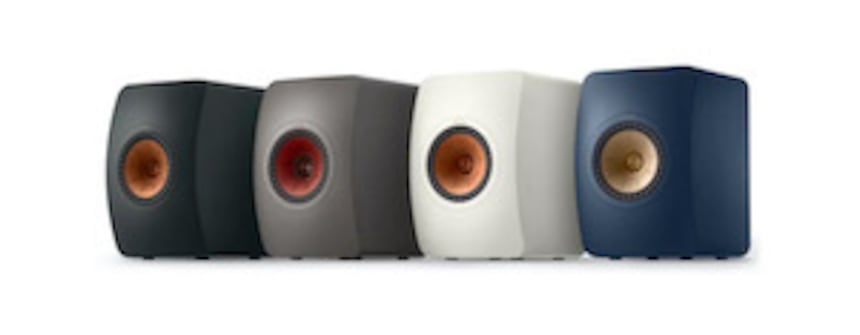
Features
● Price: 1199 € per pair
● Type: bass-reflex concentric 2-way bookshelf speaker
● Speakers: 1x 12.5 cm woofer, 1x 25 mm tweeter
● Bandwidth: 79 – 28,000 Hz (+/- 3dB)
● Sensitivity: 85 dB
● Nominal impedance: 8 ohms (mini 3.5 ohms)
● Recommended power: 40-100 Watts
● Weight: 7.2 kg per unit
● Dimensions (H x W x D): 302 x 200 x 278 mm
Overview of the LS50 Meta
These small bookshelf speakers should easily fit into even the smallest of rooms. They should not be pushed up against the wall, as the bass-reflex port is on the rear side. This has been revised from the previous version. With more flaring at both the inlet and outlet, it eliminates most of the turbulence and therefore the induced noise.
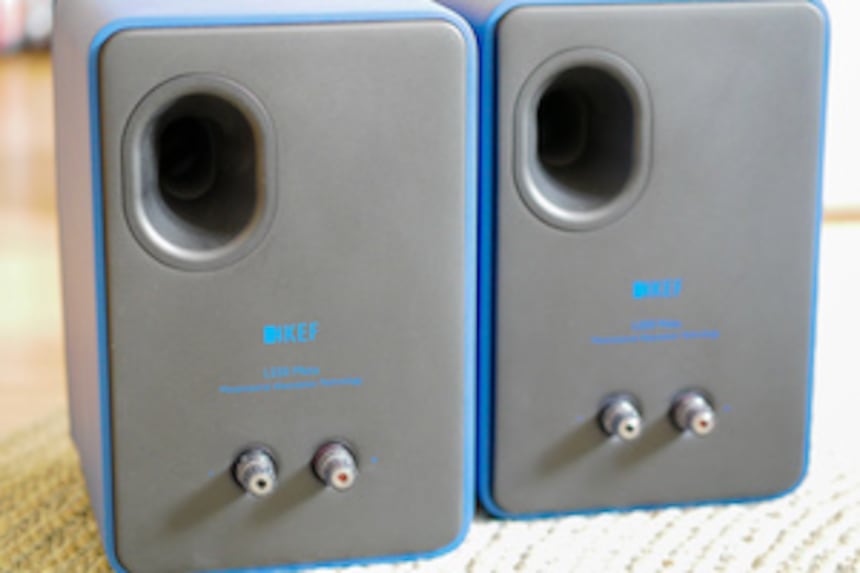
The LS50 Meta speaker is still cased in a wooden housing and a composite front baffle that Kef has given a curved shape. The goal is to avoid edge diffraction effects. The back side is also a little more rounded. The terminal blocks are set back somewhat into rounded-edged recesses. Our version did not take banana plugs. There is still no grille or cover on the LS50 but the tweeter is well protected by its waveguide. The only fancy feature is the large Kef logo printed on the top of the speaker, in a colour which is very close to that of the speaker as a whole, making it quite discreet.
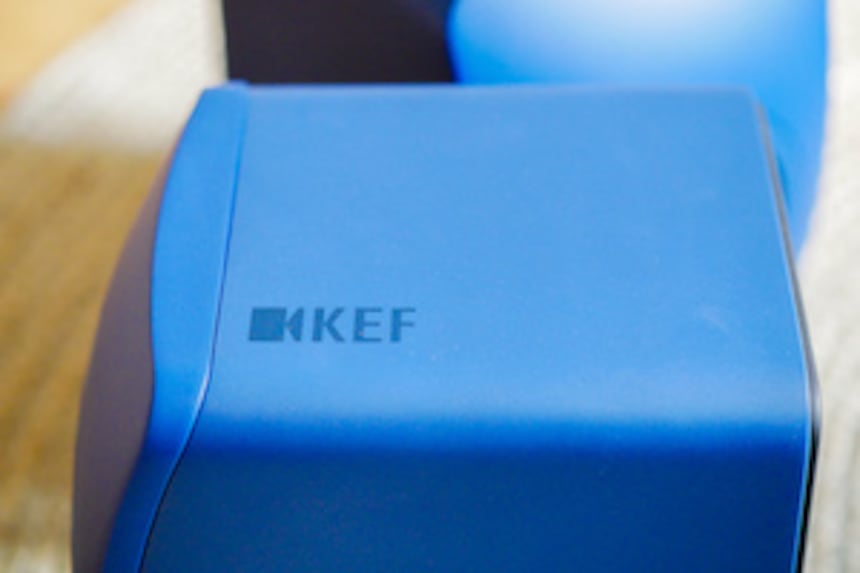
This concentric speaker is the Kef signature piece. The first thing you notice is the design of the rubber suspension, with its little ridges. The woofer membrane is made of an alloy of magnesium and aluminium. Its motor, i.e. the magnet and coil, have been improved to reduce distortion. They are helped in this respect by two aluminium rings placed on the outside and inside of the coil path.
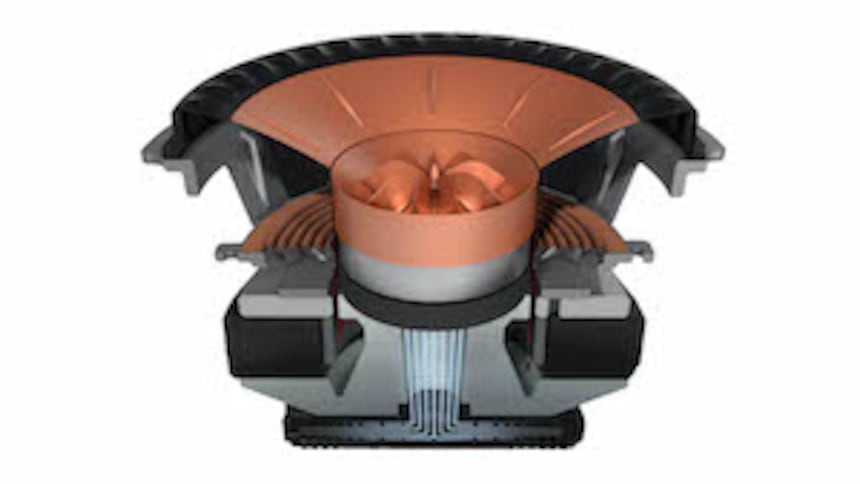
The tweeter is the element which has changed the most. It is thanks to this part that the speaker has been dubbed the "Meta". The assembly of materials is intended to absorb sound waves at the back of the tweeter. The goal is to trap them so that they do not return to the membrane or colour the sound inside the LS50 Meta. It is a round labyrinthine chamber consisting of 30 tubes all tuned to different frequencies. Distortion from these frequencies will be greatly reduced because they will be trapped in these tubes. The end result is that this tweeter's impulse response is almost perfect.
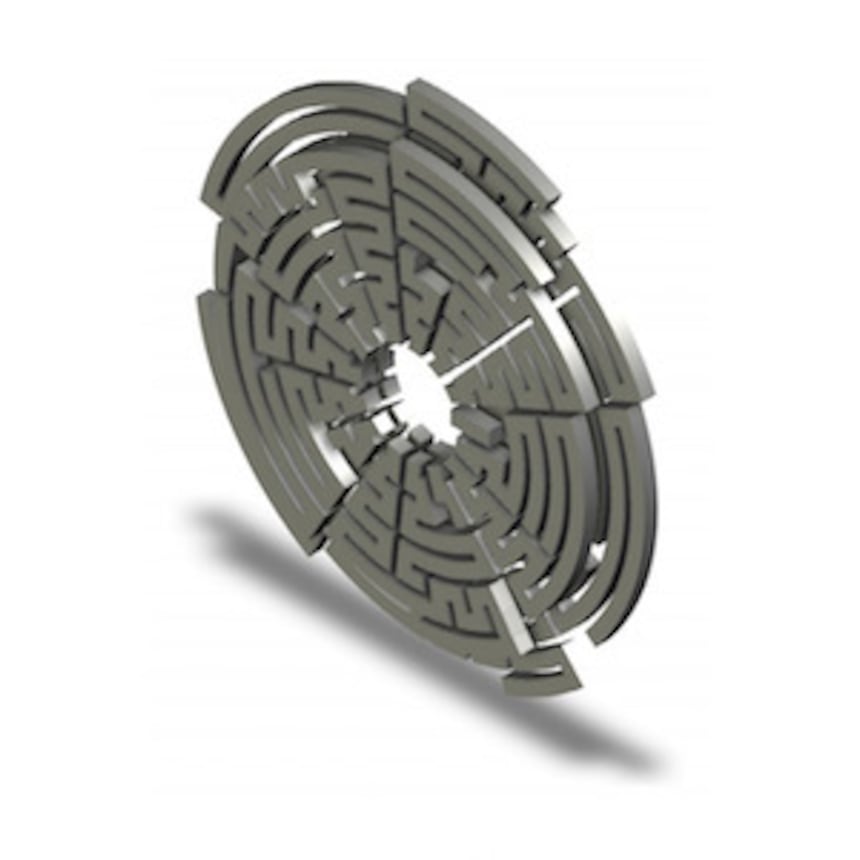
In keeping with the goal of making the LS50 Meta as neutral as possible, Kef has improved the cross-bracing inside the housing. The idea is to make the housing inert, so that the woofer no longer transmits vibrations to the walls, which can then introduce noise into the sound restitution. A number of other elements have changed, such as the more rigid waveguide placed in front of the tweeter or a passive filter with updated components. If you want to go further and learn about all these developments from a technical point of view, Kef has published a PDF of a white paper that explains all this in detail, diagrams and charts included.
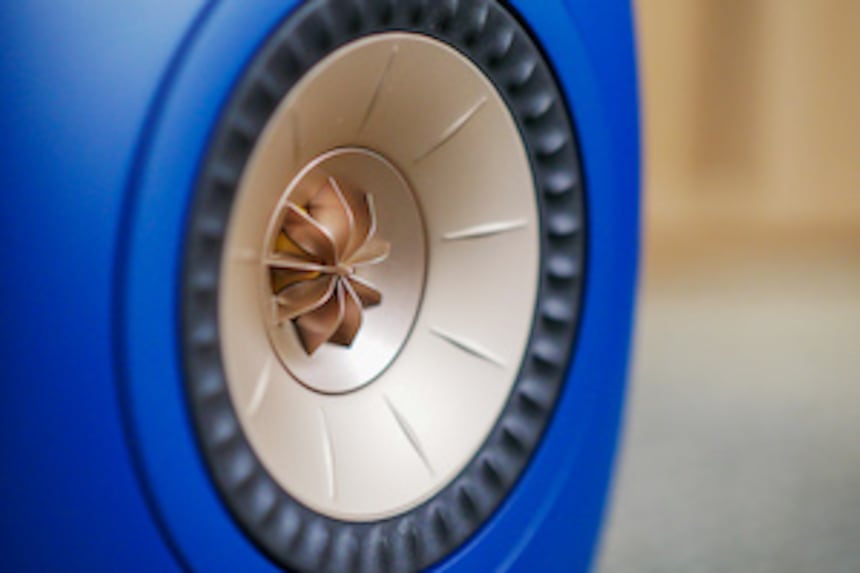
Setting up the LS50 Meta
The LS50 Meta's bookshelf format makes these speakers easy to install. Their substantial weight – more than 7 kg – calls for a stable support, such as shelves on a piece of furniture. Dedicated feet are also a good solution. Four screw threads on the underside of the speaker allow it to be attached to the optional stands, or to add spikes or some other kind of accessory to dampen vibrations. For this session, we put them on our Atacama stands.
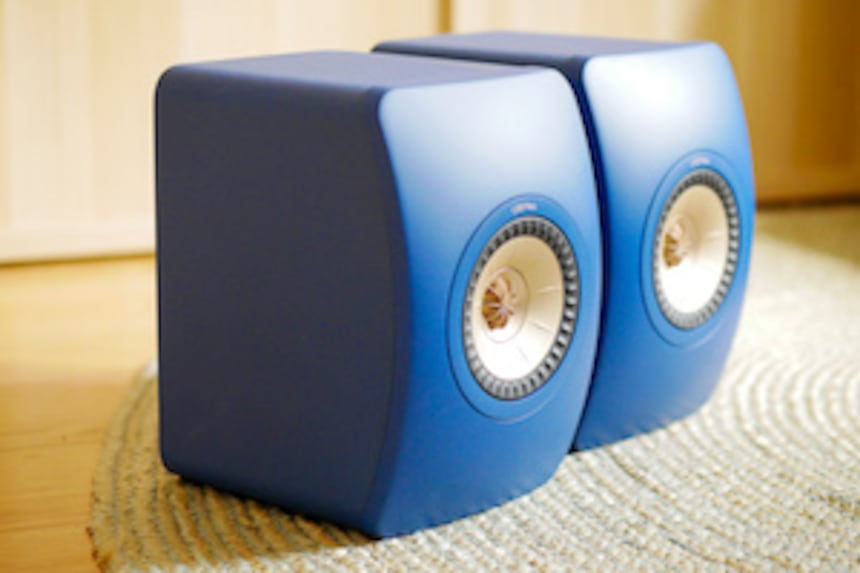
Kef recommends an amplification power between 40 and 100 Watts per channel. Our trusty 2x125 Watt Parasound was enough to make them sing. But we would advise you to aim for the higher end of the range because these speakers have a fairly low sensitivity, at 85 dB. The frequency response starts at 79 Hz at + / -3 dB. That is quite high and it indicates that an additional subwoofer may be needed, depending on your listening habits. We did our listening using Qobuz via Roon.
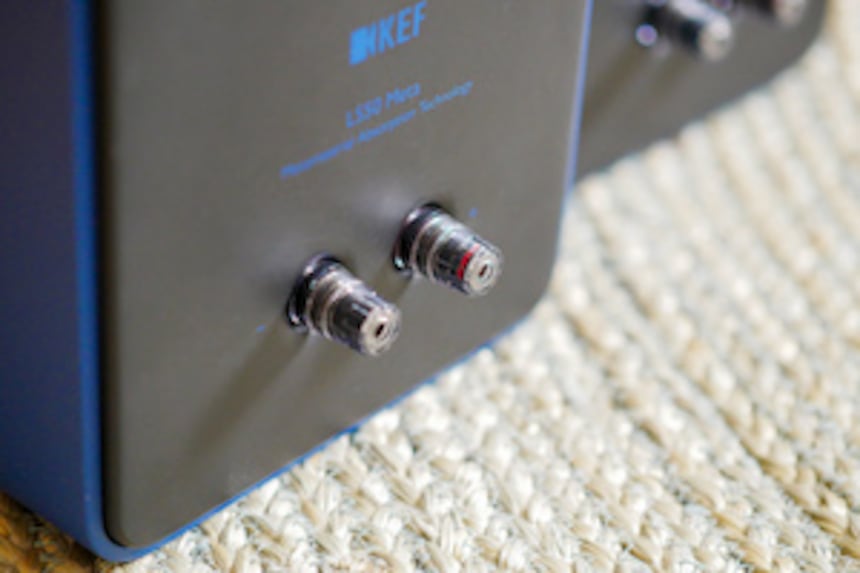
Listening
As ever, we pay special attention to first impressions, which are often right. The LS50 Meta opens up a broad soundstage, which is not necessarily feasible for small speakers which only have a 12.5 cm driver. This is where we can see this little Kef's masterful control of phase settings and absence of colouring. These speakers offer the complete opposite of flatness. They don't have anything to fear from big orchestras like the Berlin Philharmoniker playing Tchaikovsky's Symphony No. 6. The LS50 Meta's spread in terms of depth is quite admirable. The different sections can be followed very easily, all reproduced with great fluidity and naturalness.
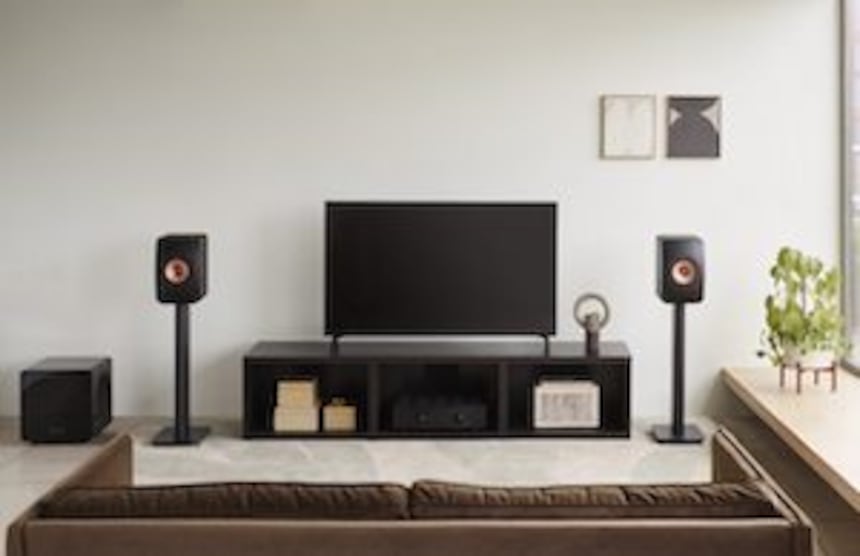
When the soundstage is more compact but stuffed with musicians who give a luxuriant performance, as with the latest album from Jean-Jacques Milteau which sits partway between blues and country, the LS50's fine, detailed restitution really jumps out at the listener. The dialogue between the harmonica and guitars is roomy enough that each instrument can easily be distinguished from the other. The music forms a strongly cohesive whole, which the Kef speakers are able to reproduce brilliantly, in breadth as well as in depth, without any aggressiveness. The resonances of the drums and vocals come through clearly and are never covered over by the rest of the band. This is a part of the overall feeling of openness that the LS50 Meta creates.
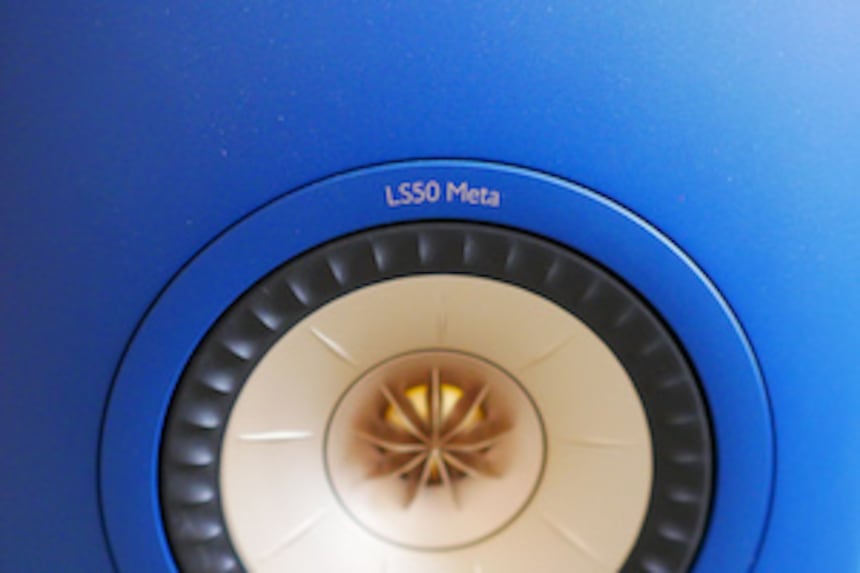
On the track Submarine de L’Impératrice, there is a sensation of roominess that's almost out of proportion to the size of the speakers. This sensation fits perfectly with this track, with its different planes, sounds that explode here and there, and the singer's voice is separated out nicely and lent height and stature. The LS50 Meta tackles this track's heavy bass convincingly. It delivers impact, and all the right resonances. The woofer, aided by the port, gets the groove across effortlessly, although the lowest frequencies are soon cut off. When listening in a medium-sized room, the LS50 should offer smooth bass performance overall.
The pros:
Appearance and choice of four colours
Soundstage consistency and depth
Precision and elegance of restitution
Speakers that take a back seat to the music
The cons:
No protective grille
May require an additional subwoofer
Power and recommended use
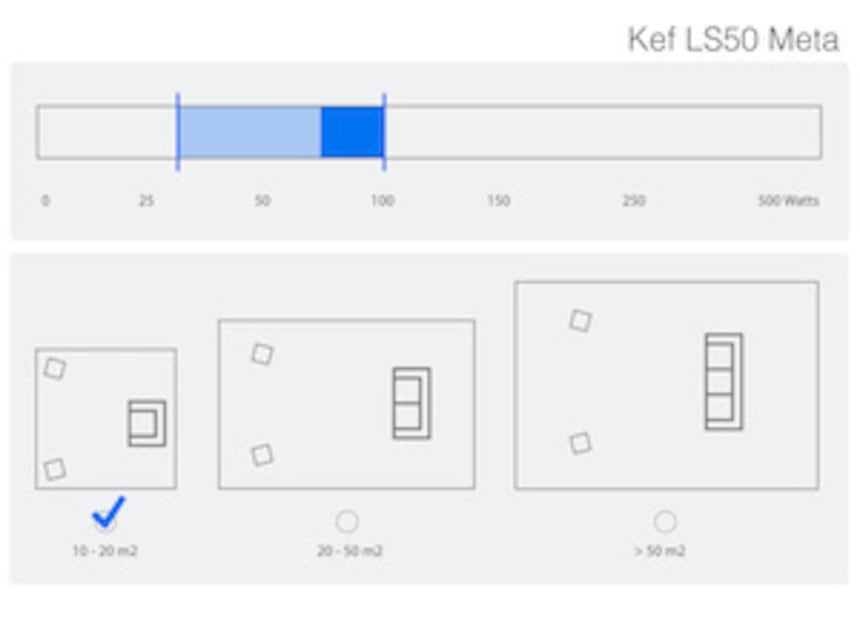
Conclusion
Do the technological changes that led to the creation of this LS50 Meta make a difference to the listener? It's hard to say. But that isn't the point. Because the LS50 Meta renders the music seamlessly, and that's the most important thing. These speakers are not transparent in the sense of being analytical or cold: they have gone for realism instead. That is to say, they fade away completely in front of the music. So much so that if you close your eyes, it is hard to say exactly where the speakers are. With the LS50 Meta, the constantly-developing Uni-Q concept has once again proven its worth. The soundstage offers the music a grandiose setting. The timbres are respected most elegantly in the mid-high range, offering presence without any arrogance. In order to really get the best out of them, and obtain the kind of impact in the bass register that's needed, do not hesitate to combine the LS50 Meta with a high-quality amplifier with a comfortable level of power. By pairing these speakers with a subwoofer like the latest Kef KC62, you can get the necessary bass power if you really need it.